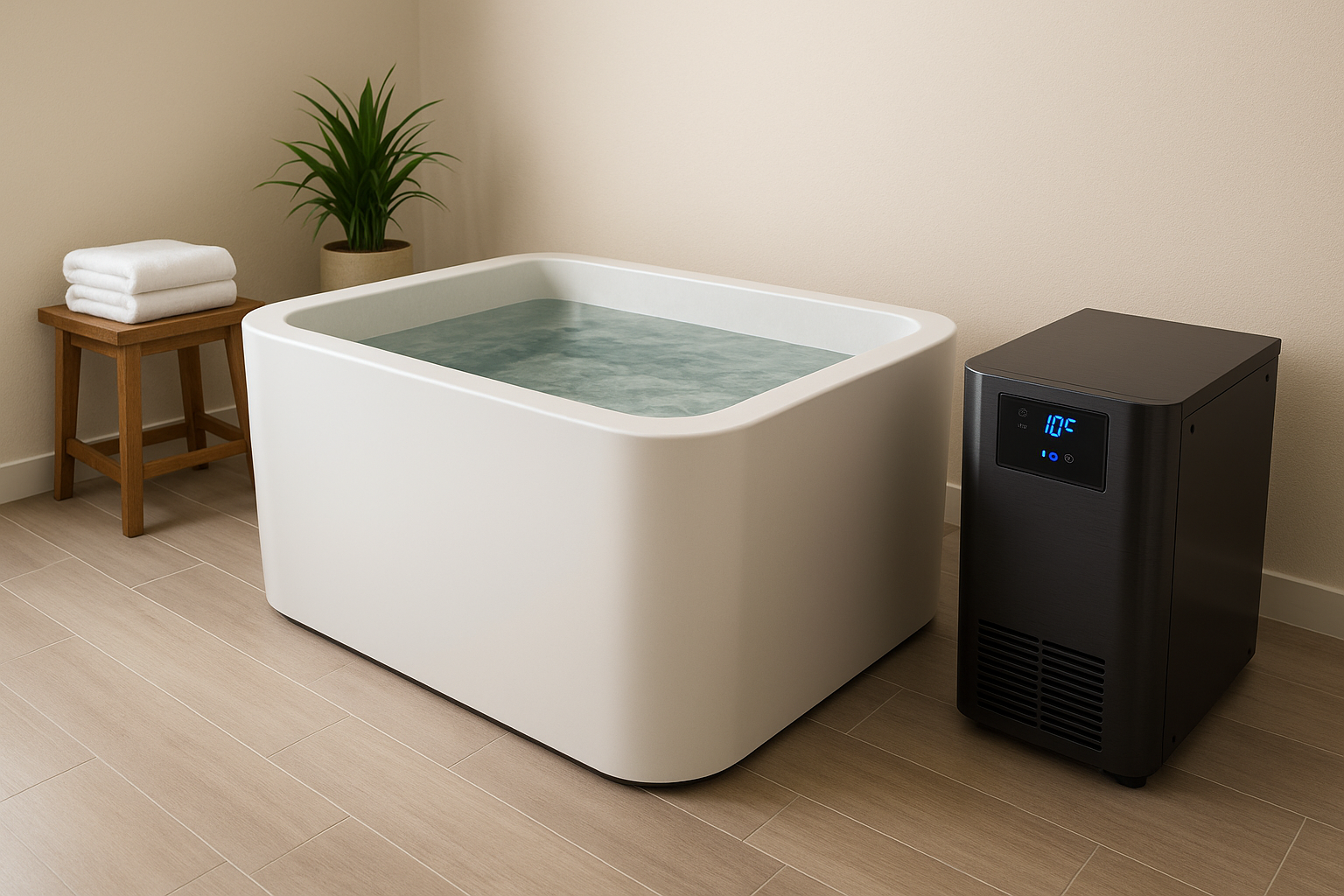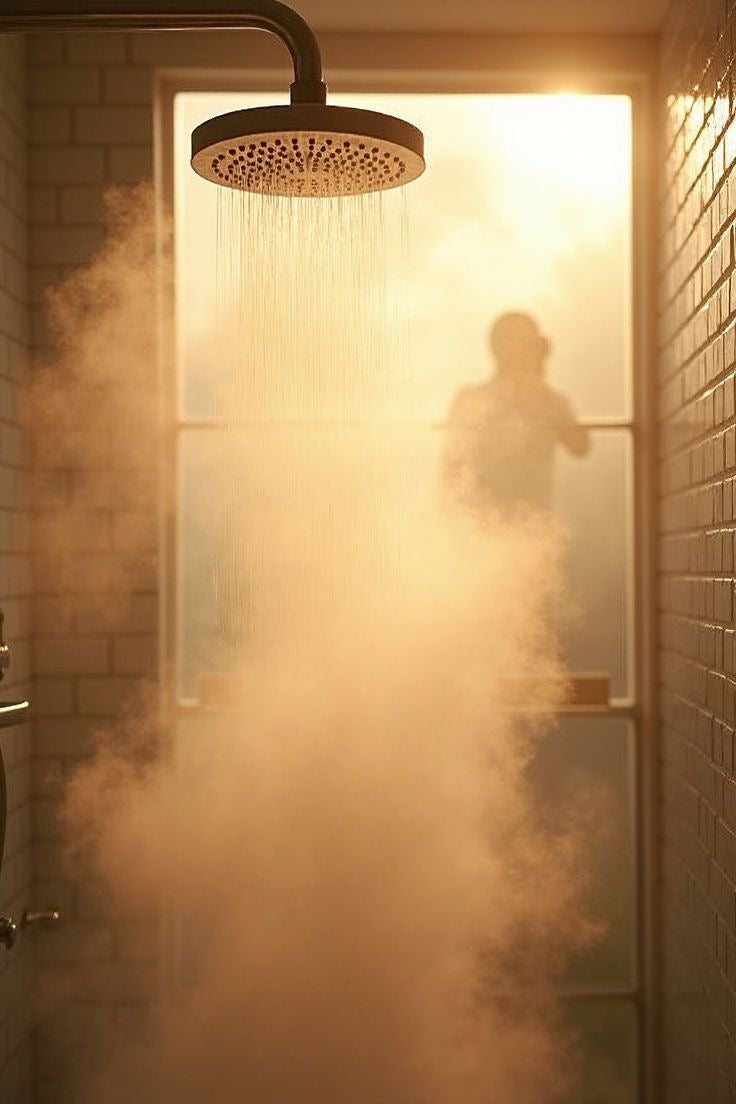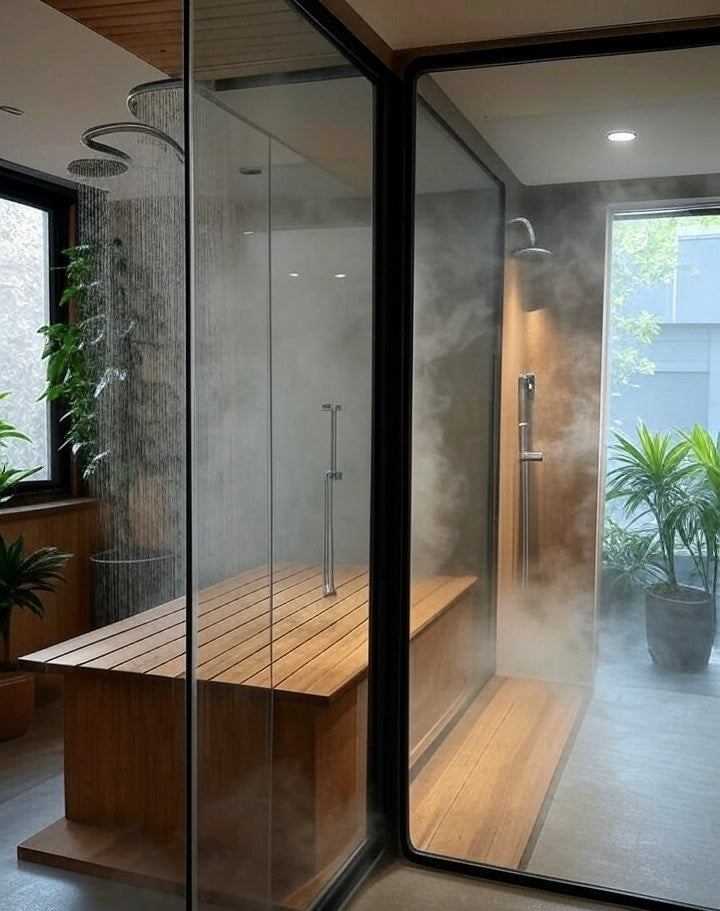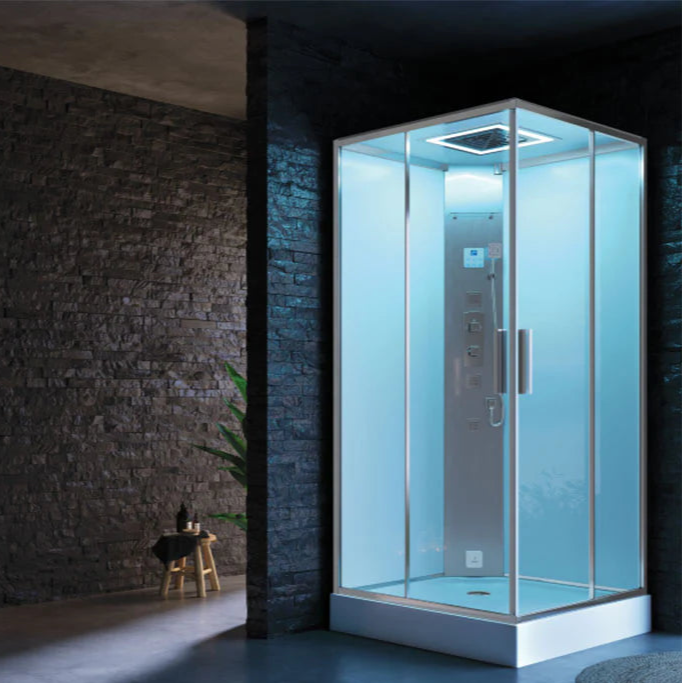Thinking about upgrading your Ice Bath Tub and just saw the cost of a Cold Plunge Chiller? Yikes, right?
Short answer: They’re expensive because of advanced cooling tech, durable materials, and niche production.
Keep reading to learn why your Cold Plunge Tub has a five-star chiller price tag.

The Core Engineering and Manufacturing Behind the Price Tag
Cold Plunge Chillers aren’t just fancy fans with hoses. Their cost reflects the advanced tech, high-grade materials, and complex design that goes into them.
From power-packed compressors to integrated filtration, each part plays a role in pushing up the price—but also boosting the performance.
High-Quality Materials and Construction
Durable and Corrosion-Resistant Components (e.g., Stainless Steel, Titanium Heat Exchangers)
These chillers use top-quality materials like stainless steel and titanium, especially in heat exchangers. These components resist rust, wear, and corrosion—even when exposed to water around the clock.
This makes them ideal for outdoor use and ensures a longer lifespan compared to cheaper alternatives.
Advanced Insulation Technology
High-grade insulation keeps water cold for longer. It also reduces how often the chiller needs to run, helping to cut energy usage.
This not only boosts efficiency but lowers running costs over time.
Precision Manufacturing and Specialised Design
Each chiller is built with precision-made components. These aren't generic parts—they're engineered specifically for cold plunge use.
That level of specialisation ensures better reliability, but it also increases manufacturing costs.
Specialised Cooling and Filtration Systems
Powerful Chillers (Understanding HP/kW Ratings)
Most chillers feature high-power motors, rated in HP or kW. These quickly cool large amounts of water to cold plunge-ready temperatures—often as low as 3–5°C.
The added power comes at a higher cost but ensures rapid cooldown and consistent temperature.
Integrated Water Purification (UV, Ozone Filtration)
Many premium units include built-in purification systems, like UV light or ozone filtration. These remove bacteria and other nasties, keeping your water clean and odour-free.
This reduces the need for constant draining or chemical treatments.
Temperature Control and Consistency
Advanced chillers maintain stable temperatures with the help of digital panels and smart controls. Many include Wi-Fi features and auto-shutoff systems for convenience.
You get a consistently cool Cold Plunge Tub every time—without having to fiddle with it.
Beyond the Build: Operational and Market Factors

It’s not just what’s in the box. Chiller prices also reflect hidden costs—like research, development, and niche demand.
Research, Development, and Niche Market Dynamics
Innovation and Advanced Technology Integration (e.g., Wi-Fi Control)
Smart features like app control, sensor tech, and automation require time and money to develop. They’re useful, but they come at a cost.
That innovation is baked into the final price tag.
Limited Production and Economies of Scale
Cold plunge chillers aren’t mass-produced. Fewer units mean fewer bulk discounts on parts, raising manufacturing costs.
Smaller production runs also mean limited market competition—so prices stay high.
Installation, Maintenance, and Long-Term Value
Professional Installation Requirements
Some chillers require pro installation for plumbing and electrical safety. While this adds to the upfront cost, it ensures optimal function and fewer future problems.
DIY installs can seem cheaper—but may lead to headaches down the line.
Ongoing Maintenance and Filter Replacement Costs
Filters, UV bulbs, and pumps need periodic maintenance. These tasks are small but necessary for keeping your system running smoothly.
Over time, they add to the total cost of ownership.
Energy Efficiency and Operational Savings (Cost vs. Long-Term Investment)
More efficient chillers use less electricity. While they may cost more upfront, they save money over time by running less often and more effectively.
Long-term, this makes them a smarter investment—especially for regular users.
Commercial vs. DIY Solutions: A Cost Comparison
The Convenience Premium of Commercial Chillers
Commercial units come ready to go. With plug-and-play setups, warranties, and smart controls, you’re paying for reliability and peace of mind.
That convenience is worth the premium for many.
Exploring Budget-Friendly DIY Alternatives (e.g., Aquarium Chillers)
DIY options like aquarium chillers or modified fridges can work—but they lack the power and stability of proper plunge chillers.
They may be suitable for short-term use or smaller tubs, but they often don’t last as long or perform as consistently.
Takeaways
-
Cold Plunge Chillers are expensive due to high-end design, engineering, and low production volume
-
Durable materials and advanced filtration systems push up costs—but also extend lifespan
-
Smart controls, powerful cooling, and energy efficiency offer long-term value
-
DIY alternatives exist, but often lack the strength and features of commercial units
Conclusion
So, why are Cold Plunge Chillers so expensive? It comes down to quality, tech, and niche market demand. You're not just paying for parts—you're investing in consistent cold, cleaner water, and fewer maintenance issues.
Whether it's for your Ice Bath Tub at home or a pro Cold Plunge Tub setup, understanding what you're paying for helps you choose wisely. Chill smarter, not cheaper.






